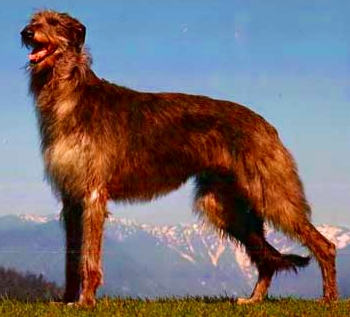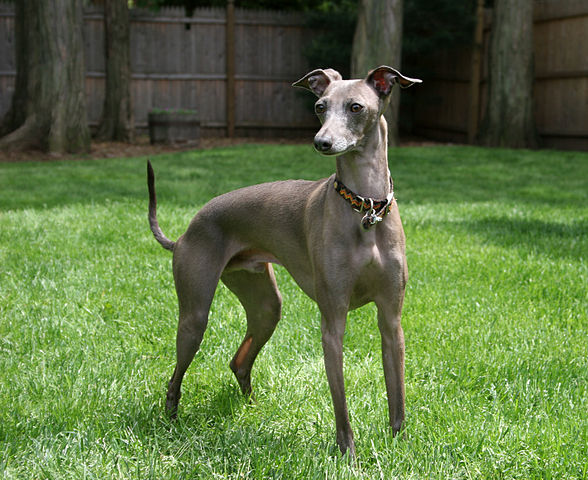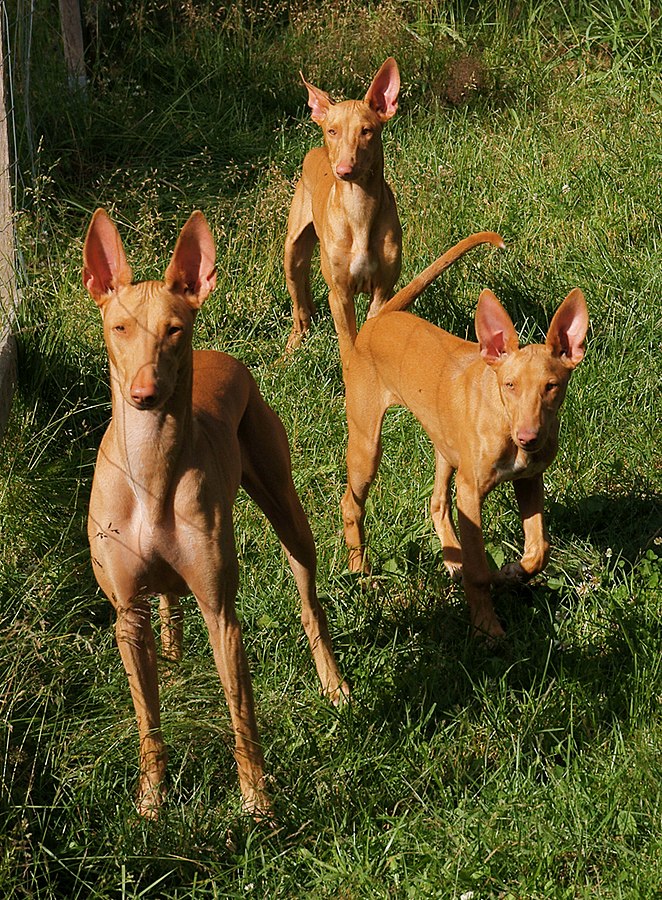The Peruvian Inca Orchid comes in 3 sizes and two coat types – the most well known “coat type” being the hairless variety. It is one of only a small handful of breeds that has the hairless gene. Coated dogs, on the other hand, have a number of different appearances – from short and smooth to fairly long or even fluffy! A faithful and loving companion with a dignified temperament, all varieties make great pets in the right home.
The PIO is intelligent and can be a quick learner. The breed has been known to compete in dog events such as rally, lure coursing, agility, and obedience competitions. This said, they have short attention spans and are extremely sensitive, which means they are not the easiest breed to train. This is one of several reasons why the PIO should be owned only by experienced owners.
Hairless Peruvian Inca Orchids almost always lack some of their teeth, although dental care is still very important and should be a top priority. Another consideration for the hairless variety – they must have sunscreen when outside to keep from getting burned, just like humans (as well as a sweater or coat when it’s cold outside). Both varieties need regular nail care, baths (yes, the hairless requires weekly baths), and ear cleanings. Overall, they are fairly low maintenance when it comes to grooming compared to other breeds, although their special needs must be met. It should be noted that coated individuals do shed.
The PIO has a protective disposition and makes a great watchdog – his natural distrust of strangers lends itself well to his discriminating nature towards new people. This tends to work well for people who prefer their dog be stand-offish at first. With his owners, however, he is affectionate and loyal although he doesn’t always like being around very small (especially loud or obnoxious) children. He needs plenty of time with new people in order to accept them as friends. 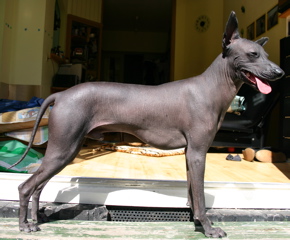
The Peruvian Inca Orchid does need regular exercise in the form of several small walks a day. Owners who have fenced backyards can let their dogs burn off steam racing around as well, which is a healthy activity for these dogs that need to run. While they don’t require as much exercise as other breeds, all of them greatly benefit from free-running on a very regular basis. The breed is considered moderately active in the house (in spurts between their couch potato tendencies) and will curiously find things to do if not given outlets. Like all sighthounds, the elegant Peruvian is agile and extremely fast when running. When he sees something he wants to chase, he will be off in a split second, often even before his owner has realized what has happened! This makes him a great hunter but a poor candidate for off-leash romps unless he has had plenty of training.
As one might imagine because of their lack of coat, PIOs do not make good outdoor-only dogs. They do adapt well to many other indoor situations, however, including apartments. Their fairly quiet nature is also a plus when it comes to apartment-dwellers. With other animals, they tend to be fairly social and get along very well with other dogs but may be prone to chase cats unless raised with them from puppy-hood.
While all dogs need socialization while they are puppies, this is doubly true for Peruvian Inca Orchids. As a primitive breed, some can be unnaturally shy and almost feral if not socialized enough. In addition, as with other primitive breeds, they can become aggressive if treated harshly. No dog should be treated harshly but these guys have a lower tolerance for it and are more prone to fight back. With fair leadership, however, the breed is docile and sweet.

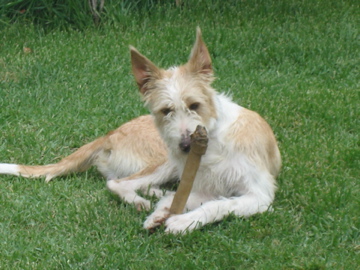
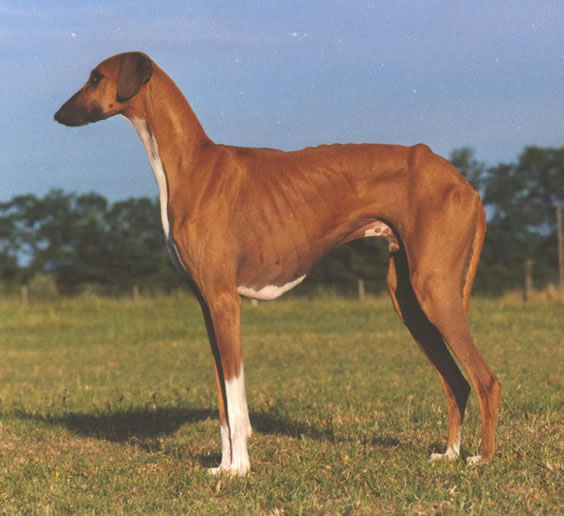
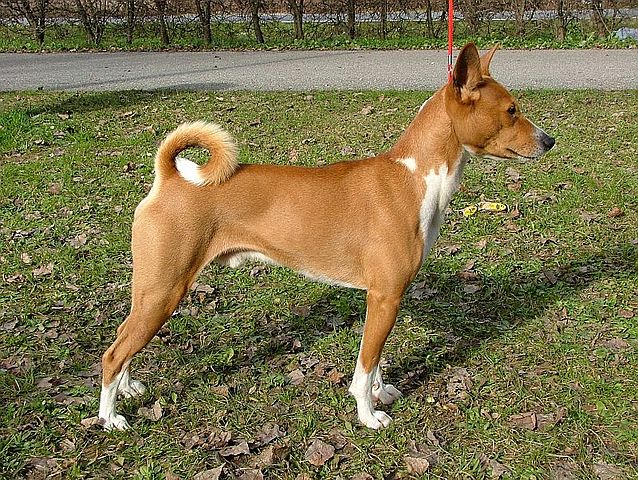

![By de:Benutzer:Jan Eduard, contrast Pleple2000 - http://www.akc.org/images/breeds/cirneco_dell_etna/photos/lg_cirneco36.jpg Cirneco]== Summary ==, CC BY-SA 3.0, https://commons.wikimedia.org/w/index.php?curid=1434627 Cirneco dell'Etna](https://academichound.com/wp-content/uploads/2018/04/Cirneco-dellEtna.jpg)
